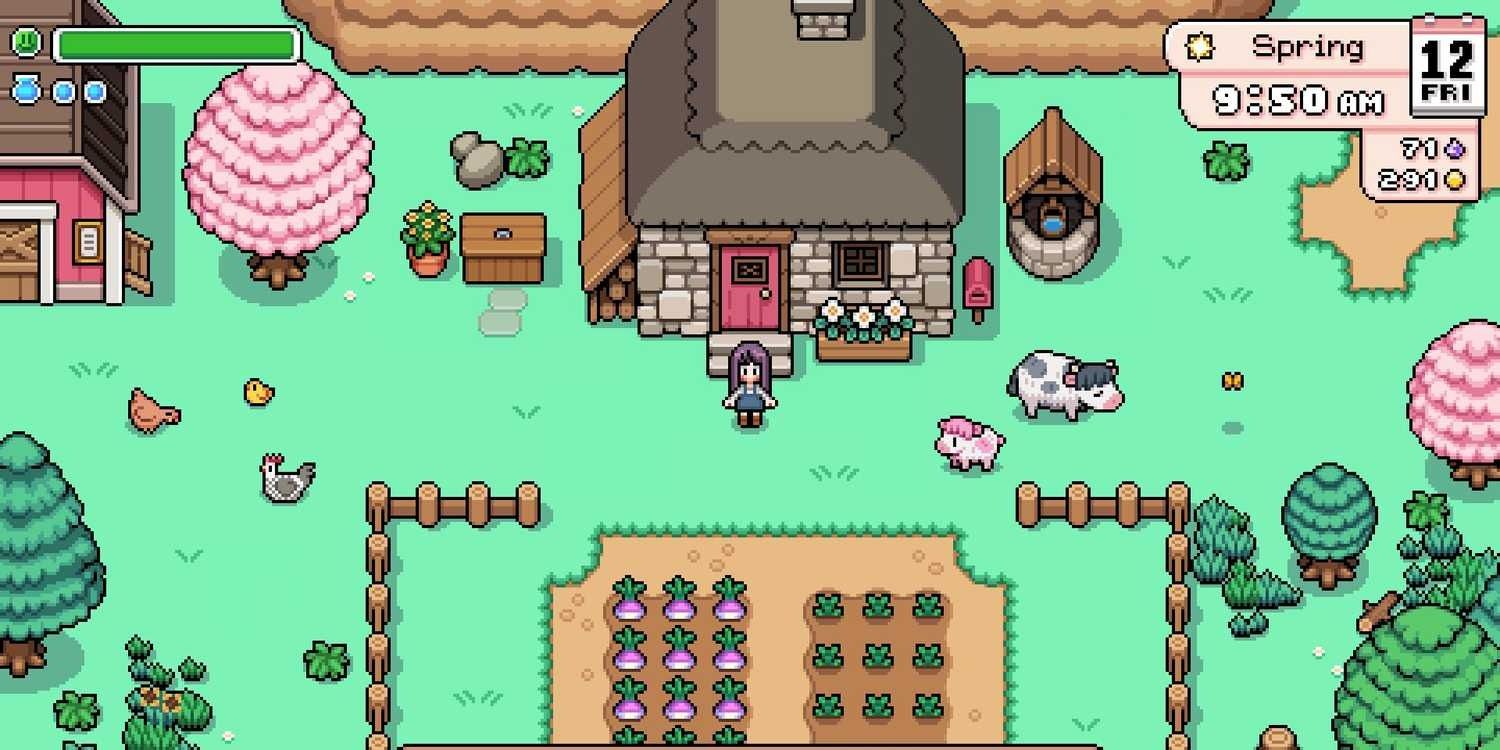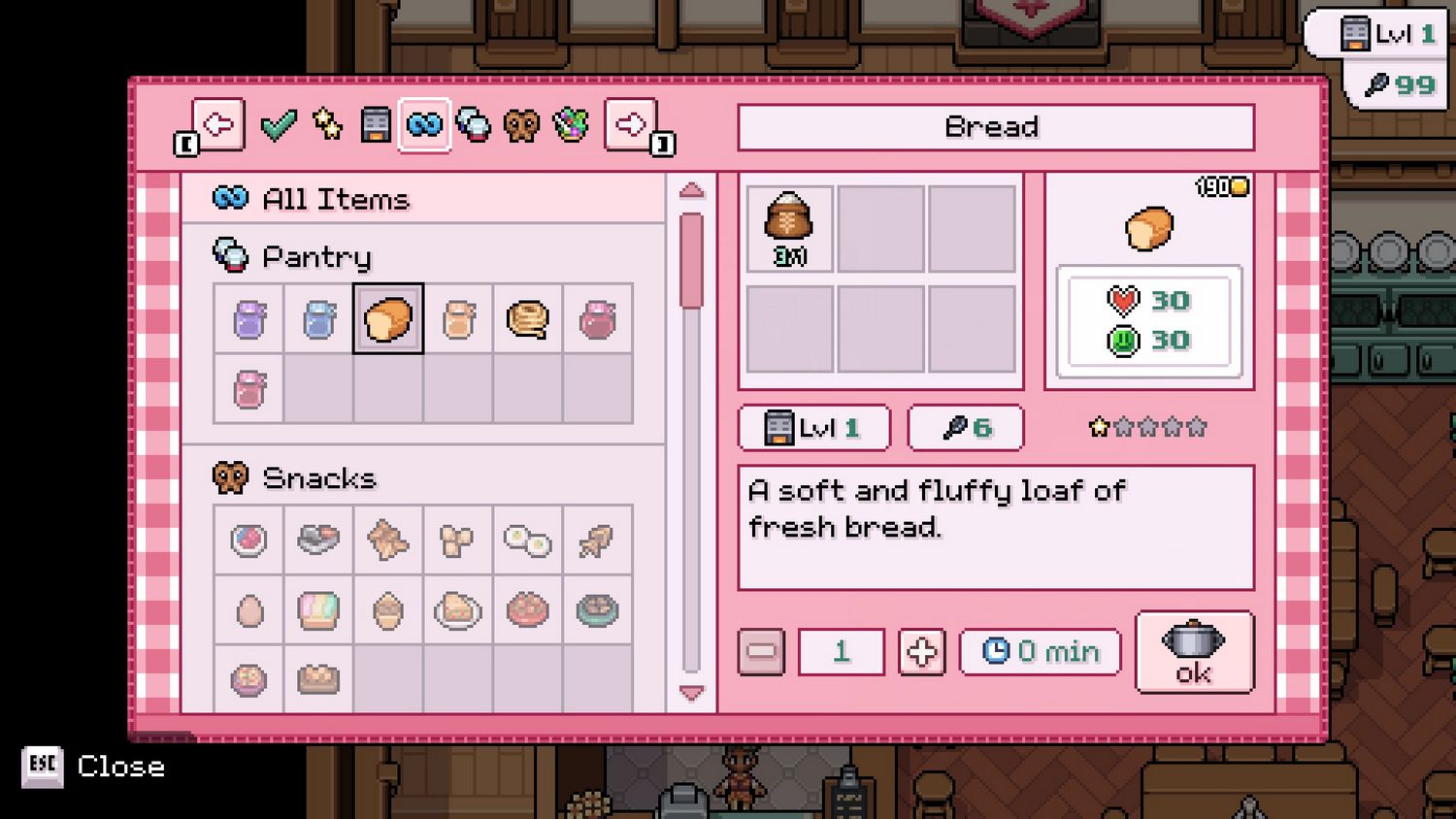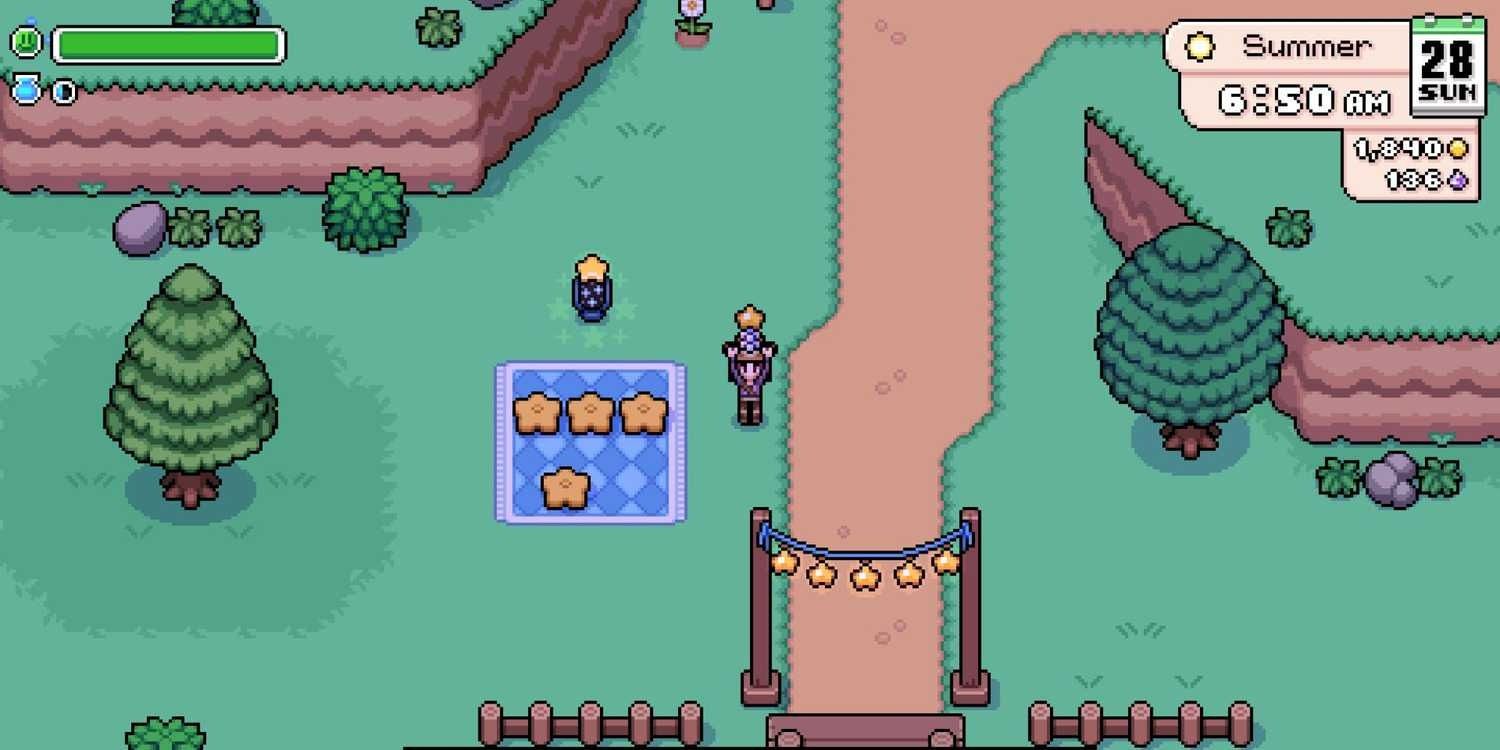More Than a Harvest: Why Fields of Mistria Is the New King of the Cozy RPG
Popular Now
 FIFA 23
FIFA 23
 Garena Free Fire: Kalahari
Garena Free Fire: Kalahari
 Roblox
Roblox
 Stumble Guys
Stumble Guys
 God of War Ragnarök
God of War Ragnarök
 Genshin Impact
Genshin Impact
 Schedule I
Schedule I
 Warframe
Warframe
 Among Us
Among Us
 Auto X Drift Racing 3
Auto X Drift Racing 3
 The legacy of Stardew Valley is long and fruitful, spawning an entire generation of farming and life simulation RPGs. Yet, in a crowded field of similar titles, one game has emerged from the mist to stand confidently on its own: Fields of Mistria. Developed by the ambitious studio Misty Media, this game is more than just an homage; it’s a meticulously crafted experience that takes the beloved foundations of the genre—farming, crafting, and community building—and elevates them with deep fantasy elements, robust exploration, and a refreshing sense of personality.
The legacy of Stardew Valley is long and fruitful, spawning an entire generation of farming and life simulation RPGs. Yet, in a crowded field of similar titles, one game has emerged from the mist to stand confidently on its own: Fields of Mistria. Developed by the ambitious studio Misty Media, this game is more than just an homage; it’s a meticulously crafted experience that takes the beloved foundations of the genre—farming, crafting, and community building—and elevates them with deep fantasy elements, robust exploration, and a refreshing sense of personality.
Launched in early access on June 10, 2025, Fields of Mistria has already garnered overwhelmingly positive reviews from both critics and players. Fans of the genre praise its vibrant pixel art style, which manages to feel both nostalgic and modern, as well as the sheer breadth of content available even in its pre-release state. The core gameplay loop is familiar: you arrive at a neglected homestead, inherit a farm, and are tasked with revitalizing both the land and the nearby town of Mistria. However, it’s the unique additions and polished execution that make this game a true standout.
 The Mistria Difference: Magic, Monsters, and Mining
The Mistria Difference: Magic, Monsters, and Mining
What truly sets Fields of Mistria apart is its seamless integration of high fantasy and traditional farming sim mechanics. The “Mistria” of the title refers to a pervasive magical energy that permeates the world, directly affecting both the land and its inhabitants. This infusion of magic opens up several exciting new gameplay loops:
- Mystical Farming: Crops in Mistria can be imbued with magical properties. By using various “Mist Shards” and “Essences,” players can grow fantastical produce that grants temporary buffs, attracts rare animals, or is required for high-level magical recipes. The farm itself becomes a canvas for alchemical experimentation, not just crop rotation.
- Monster Slaying and Dungeon Crawling: Unlike the somewhat passive combat found in many similar titles, Fields of Mistria features deep, engaging combat mechanics. The mines are not just for collecting ore; they are sprawling dungeons filled with unique, elementally-themed monsters. Players earn new combat skills, upgrade their weapons and armor, and must strategically manage health and stamina while exploring. Defeating specific monsters yields rare crafting ingredients essential for both magical and mundane recipes.
- Skill Tree and Class System: The game introduces a simple but effective skill tree that allows for character specialization. Players can choose to focus on the path of the ‘Master Farmer,’ the ‘Adept Alchemist,’ or the ‘Mighty Slayer,’ each opening up unique abilities and passive bonuses that significantly impact gameplay.
 A Town Full of Life: Relationship Depth and Community Building
A Town Full of Life: Relationship Depth and Community Building
Another area where Fields of Mistria shines is in its social simulation. The town of Mistria is populated by over 30 unique, fully-fleshed-out non-playable characters (NPCs), including 12 eligible bachelors and bachelorettes. The dialogue system is praised for being exceptionally detailed and evolving, going far beyond simple, repetitive greetings. Key features include:
- Evolving Relationships: The NPCs in Mistria react dynamically to the player’s actions, profession, and even magical alignment. A character who values nature will have a different reaction to the player clearing a forest than one who values industrial output. Reaching certain friendship levels unlocks unique town events, private cutscenes, and meaningful changes to the NPCs’ daily routines.
- Deep Lore: Every villager has a connection to the town’s history and its lingering magical past. Completing quests for the villagers often unveils lost magical artifacts, reveals ancient secrets about the Mistria, and contributes to the overall narrative of the game.
While the genre is heavily inspired by classics like Harvest Moon and refined by the modern success of Stardew Valley, Fields of Mistria offers a refreshing take by leaning heavily into its fantasy roots. It successfully merges the satisfying rhythm of tilling the soil and harvesting crops with the thrill of exploration and the compelling progression of a fantasy RPG. As the game moves closer to its full 1.0 release, it is poised not just to compete with the giants of the genre, but perhaps even to take the crown as the new definitive cozy RPG experience.









